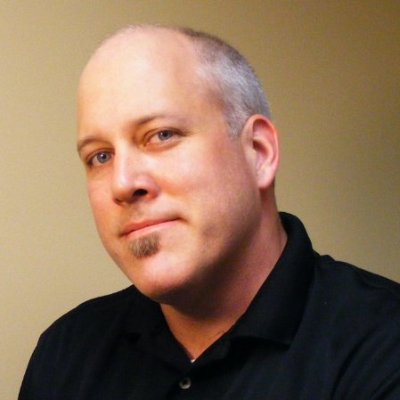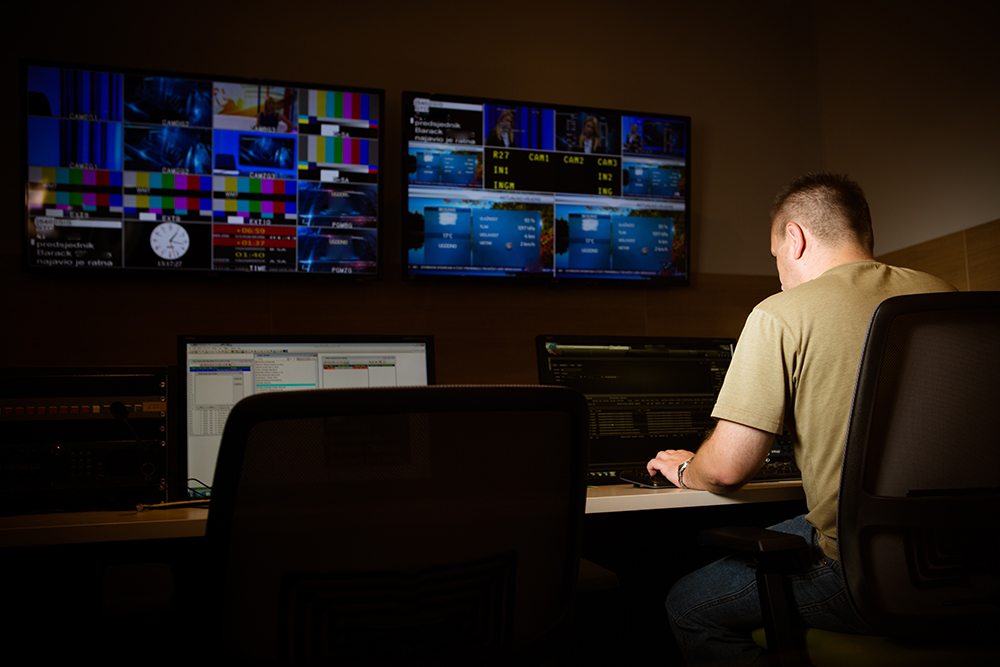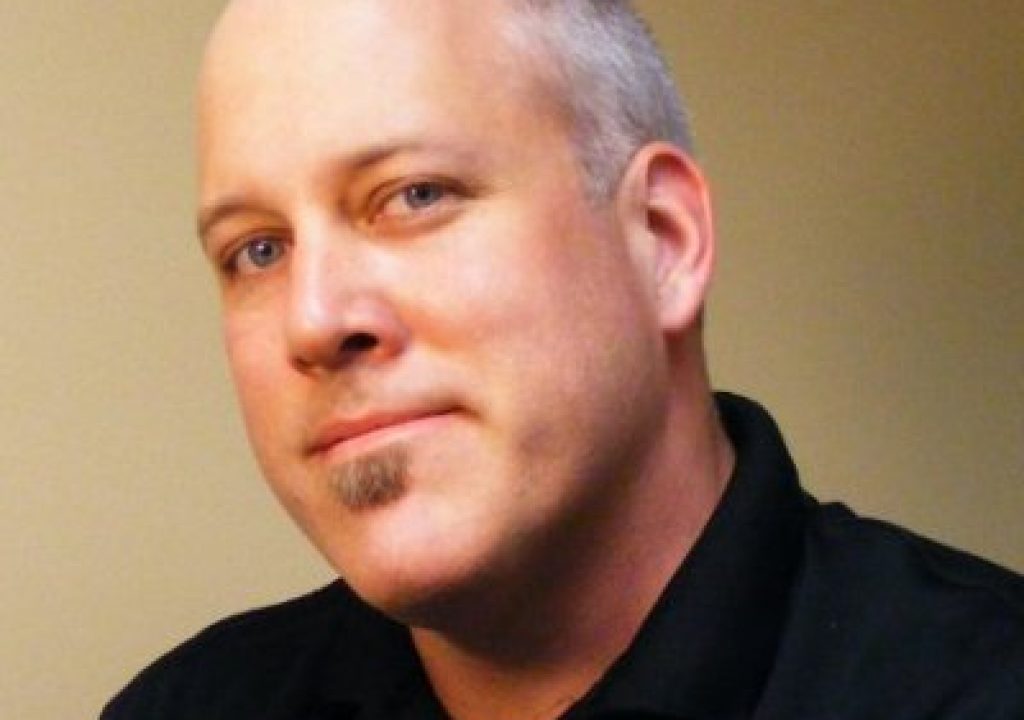One thing that comes up over and over as we explore workflow, archive and storage is how misunderstandings around these topics can impact the way people work as well as their bottom line. Figuring out what info is needed to discover the best solutions is critical, but it can be a difficult process. As the old saying goes, you don’t know what you don’t know.

He has experience on both sides of the industry, so we used this opportunity to ask him about what sort of struggles he most often sees professionals run into, some specific advice for anyone working as a freelancer or in a facility and plenty more.
ProVideo Coalition: You’ve worked on every side of a production during your career…how have you seen expectations and responsibilities change for the people involved?
James McKenna: Since I started there’s been an IT convergence, and accessibility of technology has influenced every aspect of production and post. There was a time when ACs and DPs were revered for their knowledge of the camera and the shot, but now anyone can buy a DSLR and shoot amazing images.
In Post, the difference is even more profound. An assistant editor’s role was managing the editor’s time, incorporating shot notes, digitizing and syncing selects in real time. Now an AE’s responsibility may include all footage from multiple cameras, logging and ingesting huge amounts of footage, creating multi-camera clips and managing the incredible scope and timelines of modern reality television. Because of this, there are often a lot more AEs, or the editors have taken on much of the work themselves.
Along those same lines, how have you seen post-production facilities change?
Facilities have changed most notably from signal to data, and the infrastructure from copper coax to glass and twisted pair. Rooms are smaller for single workstations, or larger with multiple workstations. We have some customers who have up to 100 clients on desktop systems in a large loft or redesigned warehouse space.

TV engineer in studio from Shutterstock
Are the difficulties that professionals encounter when it comes to workflow and archive more about a misunderstanding, or a lack of information?
I’d say it’s more about misunderstanding the job requirements or a simple lack of experience. I think the information is out there if you know where to find it. Many people are victims of overly-optimistic schedules, and underestimated difficulties with mixed formats, transcoding and deliverables.
It seems that creatives need to get more involved in the technical aspects of a production than ever before, whether it’s because they actually need to be part of a process or help determine how everything is supposed to work. Is that because the logistics are getting easier for them to understand, or just the reality of the production process?
I see this happening both ways. Creative people in this business have always been somewhat technical, if they have been trained on non-linear or CG from the start. We’re noticing fewer traditional online or film editors complaining that they don’t have time to learn a new operating system.
I think creatives as a whole are more technical because more of the job is happening on the workstation, as opposed to in the machine room on a VTR. Loading and outputting that used to involve a tape op and one of seven different formats of machine, now may just involve import and render.
What role do you see automation playing in this process?
Certainly offloading more of the tedious tasks like ingest, transcode and delivery is useful for the creative artist. Since delivery formats are known from the start of the post process, it’s a good idea to automate the transcode and QC with one of the many toolsets out there. Removing human error from the task when human creativity is not a factor is always a good thing.
What are some issues that you see professionals running into over and over?
Designing scale-out editorial through low speed Ethernet on non-professional workstations with applications that can use and process multiple file formats and codecs, and then wondering why playback of these mixed formats drops frames.
The myriad of codecs and variations of processor power required to service each of them can play havoc on editorial. Since there is no longer an idea of a “house format” in today’s productions, the workstations and infrastructure have to be able to service anything that comes along.
TV director at editor in studio photo from Shutterstock
How often do you encounter a workflow or process that could be improved exponentially if only for a few relatively minor adjustments?
The adjustments that we deal with are of the infrastructure sort. We’re able to solve workflow dysfunction with faster and more available network storage.
The problems that we solve are numerous – offline/online workflow delays, media transfer and push/pull to the desktop to start working, inability to share projects and collaboration roadblocks in general.
Is a difference in performance something professionals have difficulty grasping on a practical level? I often hear people say they could never go back to doing things the way they used to do them, but that can be a tough reality to demonstrate when it’s merely a concept.
We sell on reference a large percentage of the time. If you have ever worked for a facility with a good shared storage system, or know someone who has, it’s easy to grasp what you’re missing.
Even the work you do will change. You can bid up to larger and more complex jobs, with rates that will justify the infrastructure purchase. Long form work that requires a lot of capacity, and multiple rooms working in collaboration. Once you’re there, it’s impossible to imagine working the old way.
Let’s talk specifics…if I’m a freelancer and want to make sure I’m handing my storage and archive in the most effective manner, what sort of topics should I be researching/looking into?
Technology is only as good as the problem it solves. If an inexpensive NAS box from an online retailer will solve your problems, I say buy it. Looking into SSDs, cloud services and 40Gb Ethernet is fine, but don’t forget that it’s all about the daily grind. Find a simple solution, point A to point B, no hurdles to jump and no workarounds. Work like you want, not like the solution wants you to work.
When researching archive, remember it’s all about the restore. If you can restore the data quickly and easily in a crunch, it will be worth the cost.
On the other side of that, if I’m working at a post-production facility and we’re having issues with bottlenecks, what’s the best way to approach my producer about potential changes to our workflow?
Pain points normally equate to dollar signs. Time taken to move data, transcode media or conform a job means longer hours, less productivity, pushed sessions and unhappy clients, all of which will cost you. If it happens enough, it’s easy to justify a new solution cost.
What sorts of resources are available to anyone who has specific questions they want to have answered?
Call Facilis. We take our role as consultants very seriously. We’re always interested in knowing your specific workflow, formats, project types and deliverables first, before we talk about specifying a system.
There is no “one-size-fits all”, which is why there is so much competition in this space. I’ve been doing this for a long time, so I can pick out a half-dozen facility profiles for which no other solution will fit as well as Facilis. If you happen to be one of those, you’ll be happy you called us.


